
When we think of the past, one of the first thoughts that runs through our mind is how people lived without electricity. Nowadays, we can’t even imagine a day without it because all of our appliances and devices run on electricity.
The truth is, however, that most homes don’t have enough power outlets to keep everything running and charged, so most of us rely on power strips without being aware that appliances that consume a lot of energy become dangerous fire hazards when we plug them into a power strip.
Although power strips are the thing to go to when it comes to charging your phone or power an entertainment setup, there are certain devices that should never be plugged into a power strip.
Air conditioners, space heaters, toasters, and other appliances that use high wattage can easily cause power strips to overheat, which can easily lead to a fire hazard.
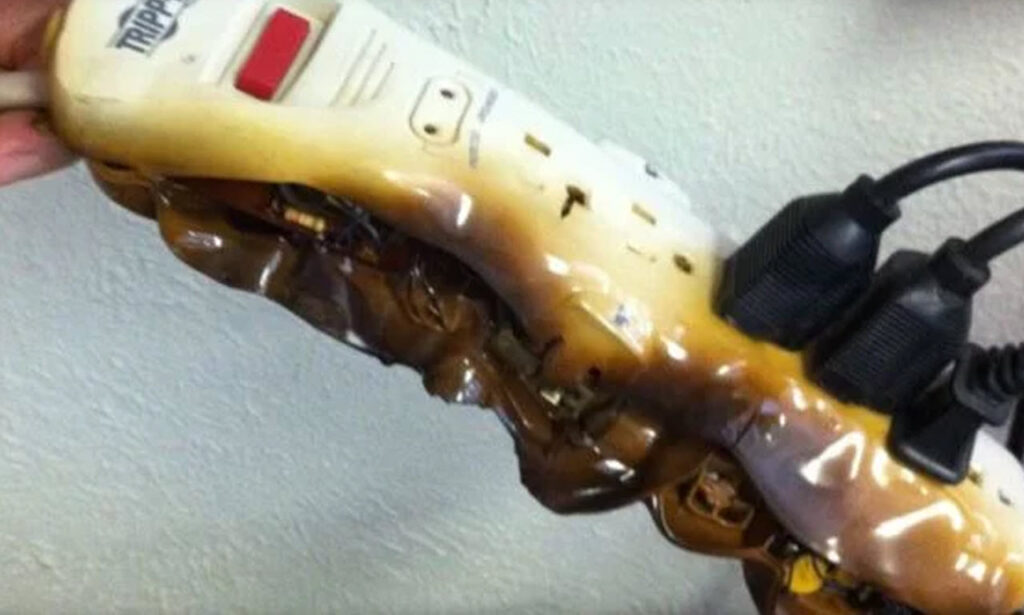
Even before plugging anything into a power strip consider the ammount of power they support. This is usually listed on the product itself.
High-capacity appliances need to draw a lot of power through an electrical circuit to work. Keep in mind that an appliance does not need to be large in size to draw large amounts of power.
Below is the list of appliances that should never be plugged into a power strip.
1. The oven: Even though the oven is not used continually, it is a power-hungry appliance that should not be plugged into a power strip. In fact, it should be plugged into its own wall outlet on its own circuit.
2. Refrigerator: Refrigerators require a lot of power and frequently cycle on and off which can easily overload a power strip and cause damage. Much like the oven, refrigerators require a wall outlet dedicated solely to powering the appliance.
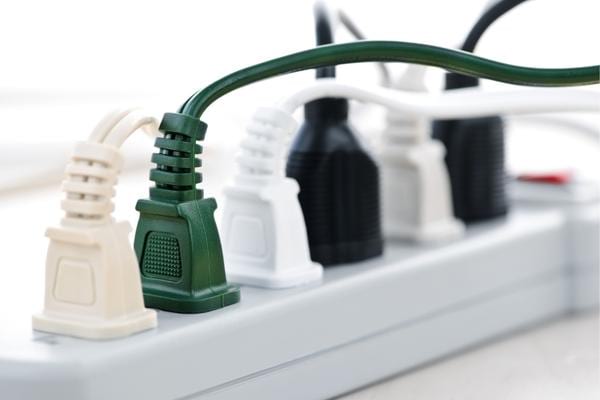
3. Washing Machine: When turned on, washing machines pull a lot of power. This is the main reason why these appliances shouldn’t share a receptacle with any other appliance or device.
Most washing machines use a max of up to 1400 watts, putting it dangerously close to the max load of most power strips. On top of that while working, washing machines are usually left unattended and work longer hours, at least an hour, which is long enough for a power strip to overheat.
4. Heating: Portable heaters should never be plugged into a power strip because most of them use 1,500 watts of energy on their high setting and they usually run for extended periods of time.

5. Microwave: Since they consume a lot of energy when used, most microwave ovens are plugged into their own receptacle and that is always a good practice.
6. Coffee Maker: Those who own a coffee maker are not fully aware of the power these appliances use, and this is why they should never be plugged into any sort of power strip or extension cord.
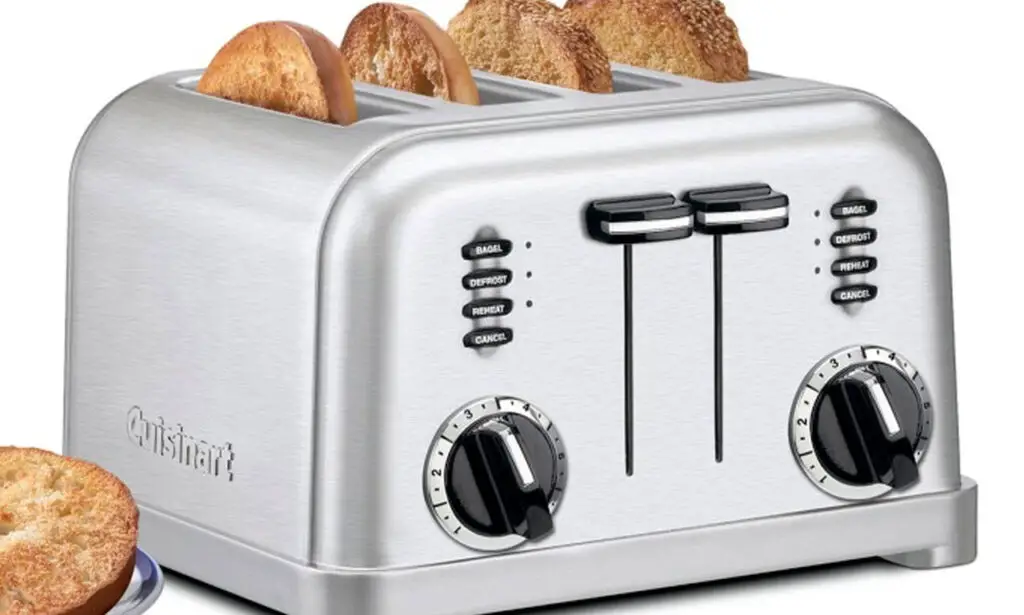
7. Toaster: You may think that browning up slices of bread or bagels doesn’t require a lot of energy, but the truth is that toasters use a lot of energy when in use and they should be plugged directly into the receptacle rather than a power strip.
8. Another Power Strip: Power strips are not meant to be used in conjunction with another power strip, although many people do exactly that. This, however, violates most safety codes because it can easily lead to overloading the electrical system.
9. Electronics (Computer, TV, Router): These types of electronic devices don’t necessarily use a lot of power on their own, but they are sensitive to surges and you can find yourself with a burnt out computer or TV very quickly if you plug them into a power strip.
If you want to protect these sensitive devices from power surges, opt for a power strip that functions as a surge protector.
On Christmas Night, a Pregnant Woman About to Give Birth Knocked on Our Door – I Went Pale Upon Discovering Who She Really Was

It was a peaceful Christmas night until a desperate knock shattered the calm. A young, pregnant woman stood shivering in the snow. Her chilling words, “Let your husband explain,” turned my world upside down.
The house was peaceful that Christmas night. The smell of gingerbread lingered in the air, and the twinkling lights on the tree cast a warm glow in the living room.

A Christmas home | Source: Pexels
Mark sat on the couch, engrossed in his new PlayStation game. The kids were upstairs, sound asleep after an exciting day of presents and treats. I stood in the kitchen, washing the last of the dinner plates.
For once, everything felt perfect.
Then came the knock at the door.

A decorated door | Source: Pexels
I froze, sponge in hand, and tilted my head toward the sound. Who could it be? It was nearly midnight, and the snow outside was coming down hard. My first thought was the neighbors, but why would they come so late?
“Mark?” I called, but he didn’t look up. “Did you hear that?”
“What?” he replied, eyes glued to the screen.

A man playing a game | Source: Pexels
“There’s someone at the door.”
He shrugged, his fingers moving on the controller. “Probably a package. Just leave it.”
“On Christmas night?” I grabbed my coat from the hook near the door. “I’ll check.”

A woman looking to her side | Source: Midjourney
The icy wind hit me first, sharp and biting when I opened the door. Then I saw her — a young woman, shivering so hard she looked like she might collapse. Snow clung to her hair and coat, and her lips were nearly blue.
“Please,” she said, her voice trembling. “I… I need help. I’m about to give birth. Please, take me to a hospital.”

A young scared woman | Source: Midjourney
I stared at her, unsure what to do. “Are you alone? How did you get here?”
She winced and held her belly. “I got lost… I couldn’t make it to the hospital.”
“Who are you?” I asked, stepping aside so she could come out of the cold.

A concerned woman on her doorstep | Source: Midjourney
She looked me in the eyes, her face pale and serious. “Let your husband explain. He thought he could get rid of me.”
The words hit me like a punch to the chest. My stomach tightened, but I didn’t have time to process them. “Come in,” I said quickly. “Sit down. You’re freezing.”
I led her to the couch and grabbed a blanket from the chair. “Stay here. I’ll get Mark.”

A woman sitting on her couch | Source: Midjourney
“Mark!” I called, my voice sharp now. “Come here. You need to see this.”
“Fine,” he muttered, setting down the controller and walking over. The moment his eyes landed on her, his face turned ghost-white.
“What… what are you doing here?” His voice cracked.
“I finally found you,” the woman said, her tone biting. “And you can’t just walk away this time.”

A shocked man | Source: Pexels
I looked between them, confusion growing in my chest. “Mark, who is this? Do you know her?”
Mark swallowed hard and ran a hand through his hair. “Claire, I can explain—”
The woman cut him off. “Explain? Don’t you dare. You left me and my mom. You abandoned us, and now you’re here playing house like nothing ever happened.”
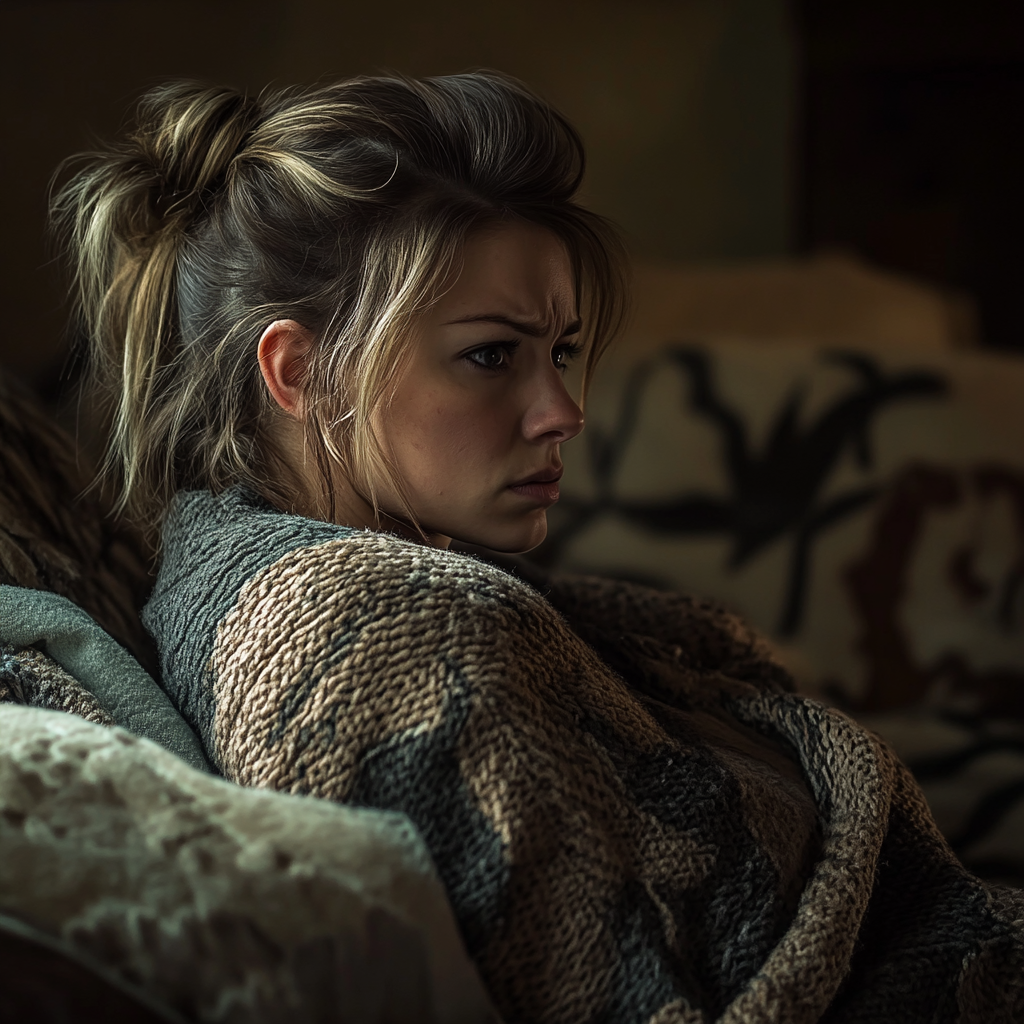
An angry woman | Source: Midjourney
“Wait,” I said, holding up a hand. “What is she talking about? Mark, who is she?”
Mark sighed, avoiding my gaze. “She’s… my daughter. From before we met.”
“Your what?” I took a step back, the words not sinking in.
The woman glared at him. “Yeah, your daughter. The one you left behind when I was six. The one you pretended didn’t exist.”

A woman arguing with her husband | Source: Midjourney
“Stop,” Mark said, his voice rising. “I didn’t know you’d come here. I—”
“Of course you didn’t,” she snapped. “You’ve been ignoring me for years. But I wasn’t going to let you keep running.”
I turned to her. “And you came here because…?”

A frowning woman in her living room | Source: Midjourney
“Because he deserves to face me,” she said through gritted teeth. “But also because I need help. I’m having this baby, whether he likes it or not.”
Mark dropped into the armchair, burying his face in his hands. “I didn’t mean for it to happen this way. I thought… I thought I could move on.”
“Move on?” she shouted. “You mean forget about me. Forget about the mess you left behind.”
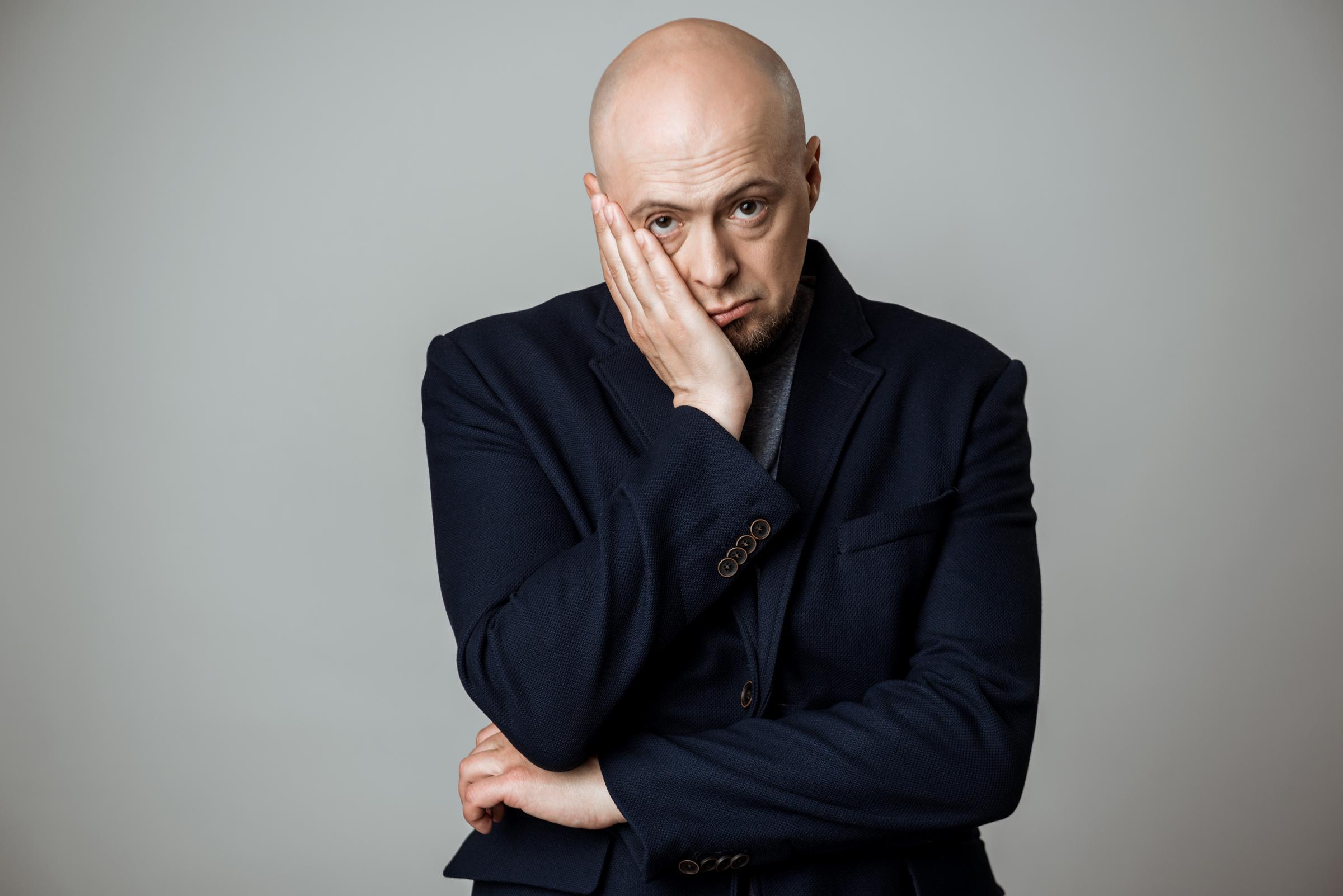
An upset bald man | Source: Freepik
I shook my head, trying to catch up. “Why didn’t you tell me, Mark? Why didn’t you ever say you had a daughter?”
“I was ashamed,” he whispered. “I didn’t know how to tell you.”
The woman’s voice softened, but her pain was clear. “You were ashamed? That’s why I grew up without a father?”

An upset woman on her couch | Source: Midjourney
The weight of her words hung in the air. I stared at Mark, waiting for him to explain himself, but he just sat there, silent. The woman shifted on the couch, suddenly wincing in pain.
“We can deal with this later,” I said firmly. “Right now, she needs to get to the hospital.”
The woman locked eyes with me. “Are you going to help me? Or am I on my own again?”

An upset young woman looking up | Source: Midjourney
I grabbed my coat and keys, glancing back at the young woman who was now hunched over on the couch, clutching her belly. She winced, letting out a low groan.
“We’re going to the hospital,” I said firmly, wrapping the blanket tighter around her shoulders. “I’ll drive you myself.”
Mark stood, his hands trembling. “Claire, let me come with you. I should—”

A nervous bald man | Source: Midjourney
“No,” I interrupted, my voice sharp. “You need to stay here.” I stared at him, my anger bubbling beneath the surface. “You need to think about what you’ve done. You’ve hurt both of us, and right now, she’s the one who needs me.”
“Claire, I didn’t mean—”
“Not now, Mark!” I snapped, turning toward the woman. “Let’s go. We’ll figure this out later.”

A woman snapping at her husband | Source: Midjourney
She nodded weakly, and I helped her to her feet. As we made our way to the car, the snow whipped around us, stinging my face. I opened the passenger door and helped her adjust the seat so she could lean back.
“Thank you,” she whispered, her breath fogging the air.
I climbed into the driver’s seat, gripping the wheel tightly. “You’re welcome,” I said, though my voice wavered. “You’re not alone in this.”

A determined woman driving | Source: Midjourney
The roads were slick with ice, and the wind howled as I drove. My knuckles were white against the steering wheel, not just from the treacherous conditions but from the storm inside me.
“You okay back there?” I asked, glancing at her through the rearview mirror.
“Yeah,” she muttered, though her face told a different story.

A young woman in pain in the backseat of the car | Source: Midjourney
The silence between us was heavy. My mind churned with questions and emotions I couldn’t untangle. How had Mark kept such a huge secret? How could he abandon his child? And now, here she was, carrying a baby into a world that had already let her down.
“I don’t even know your name,” I said, finally breaking the quiet.
She looked up, her face pale but determined. “Emma.”

A young woman in pain | Source: Midjourney
“Emma,” I repeated softly. “I’m Claire.”
She nodded. “You’re… kind. I wasn’t sure what to expect when I knocked on your door.”
“Well, I’m still trying to wrap my head around all this,” I admitted. “But whatever happened with Mark, it’s not your fault. And I’m not going to hold it against you.”

A woman driving a car | Source: Midjourney
Her lips quivered, and she looked away. “Thanks,” she whispered.
By the time we reached the hospital, Emma’s contractions had grown stronger. I waved down a nurse as soon as we entered the emergency room.
“She’s in labor,” I said quickly.
The nurse nodded, grabbing a wheelchair. “We’ll take her from here.”

A nurse looking at a chart | Source: Pexels
I turned to Emma. “I’ll stay,” I promised. “You’re not doing this alone.”
Her eyes filled with tears, and she gave a small nod.
The next hours were a blur. I stayed by Emma’s side, holding her hand as she gritted her teeth through each contraction. She squeezed so hard, I thought my fingers might break, but I didn’t let go.

A woman giving birth | Source: Freepik
“You’re doing great, Emma,” I said, brushing a strand of damp hair from her face. “Just a little longer.”
Her cries of pain filled the room, but she pushed through, determined. Finally, a piercing cry cut through the tension.
“It’s a boy,” the doctor announced, holding up a tiny, squirming bundle.

A woman and her newborn | Source: Pexels
Emma sobbed, reaching out for her baby. I watched as the nurse placed him in her arms. His face was pink and wrinkled, his cries softening as Emma held him close.
When I got home, the house was quiet. Mark was sitting in the living room, staring at the darkened TV screen. He looked up as I walked in, his face full of guilt.
“How is she?” he asked softly.

A guilty looking man in his living room | Source: Midjourney
“She had a baby boy,” I said, my voice flat. “She’s strong. Stronger than you.”
“Claire—”
“No,” I cut him off. “I need answers, Mark. How could you keep something like this from me? From us?”
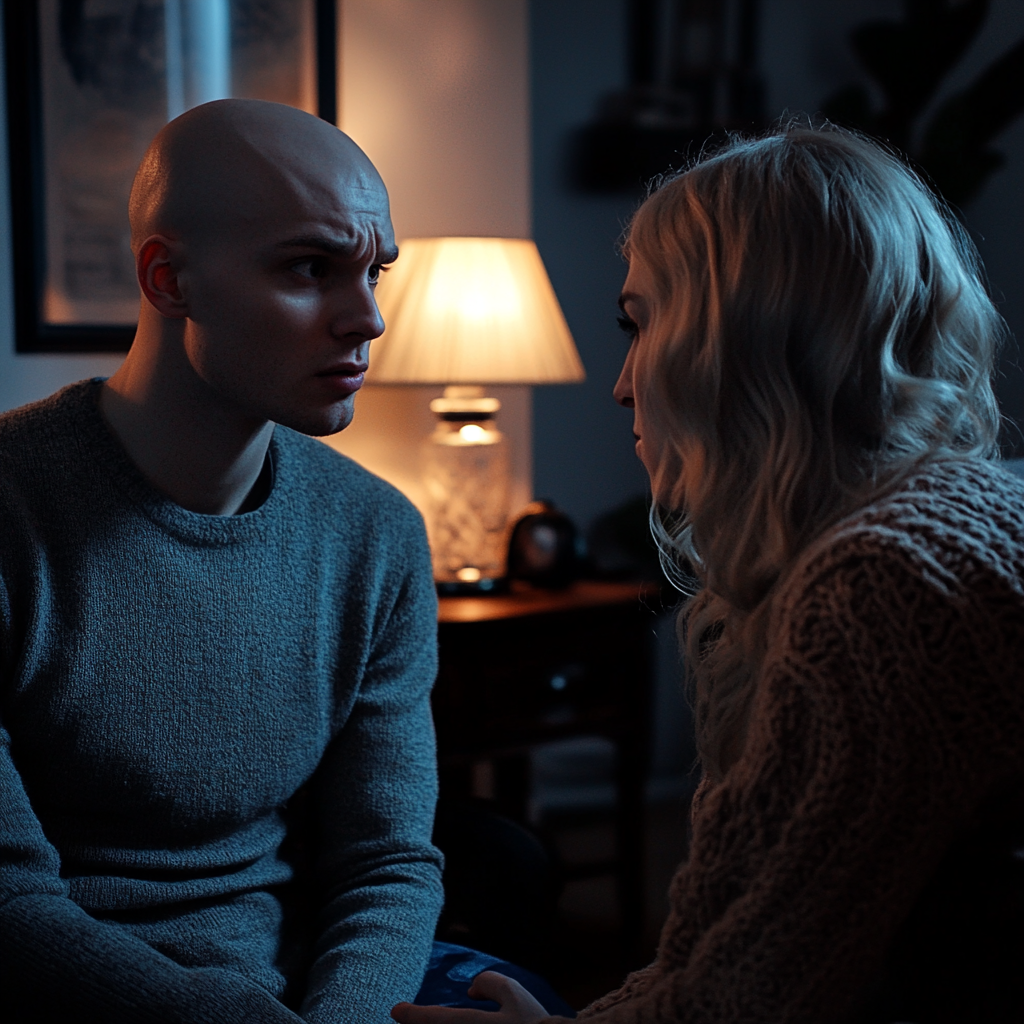
A couple having a serious talk | Source: Midjourney
“I was scared,” he admitted, his voice breaking. “I was young, and I made mistakes. I didn’t know how to face them. And when we started our life together, I thought… I thought I could leave it behind.”
“But you didn’t leave it behind,” I said sharply. “You left her behind. And now she’s here, with your grandson. You have to fix this, Mark. You owe her that much.”
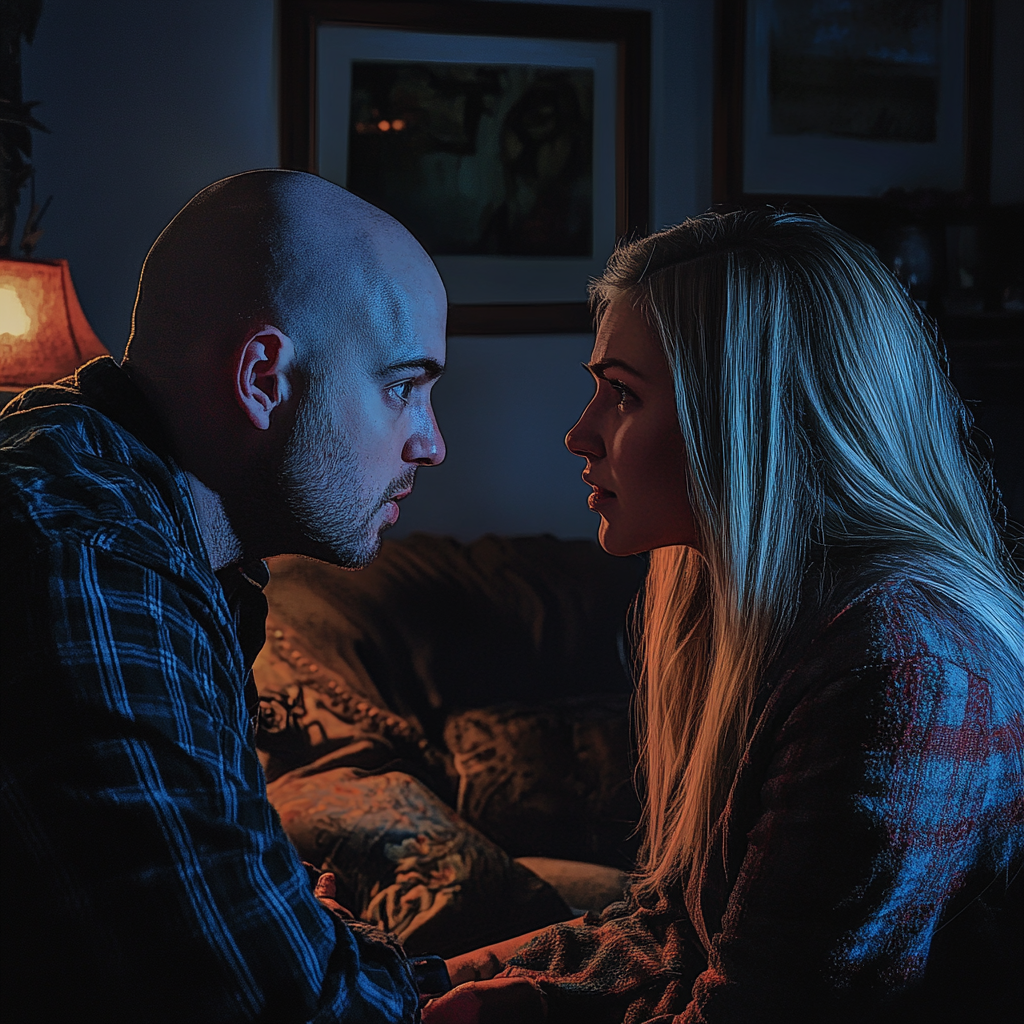
A serious talk | Source: Midjourney
He nodded with tears in his eyes. “I will. I promise.”
“You’d better,” I said, heading upstairs. “Because she deserves better and I believe you.”
As I lay in bed that night, I thought about Emma and the baby. Life had changed in a way I never saw coming, but for the first time, I felt a glimmer of hope.

A smiling hopeful woman | Source: Midjourney
Sometimes, the hardest truths bring the biggest chances for growth. And I was ready to embrace them.
Liked this story? Consider checking out this one: A family summer visit turned chaotic when Lisa’s once-polite stepson, Jake, transformed into a rebellious teen, creating turmoil in their household. The final straw came when Lisa discovered money missing from her wallet, pushing her to take drastic action.
This work is inspired by real events and people, but it has been fictionalized for creative purposes. Names, characters, and details have been changed to protect privacy and enhance the narrative. Any resemblance to actual persons, living or dead, or actual events is purely coincidental and not intended by the author.
The author and publisher make no claims to the accuracy of events or the portrayal of characters and are not liable for any misinterpretation. This story is provided “as is,” and any opinions expressed are those of the characters and do not reflect the views of the author or publisher.



Leave a Reply